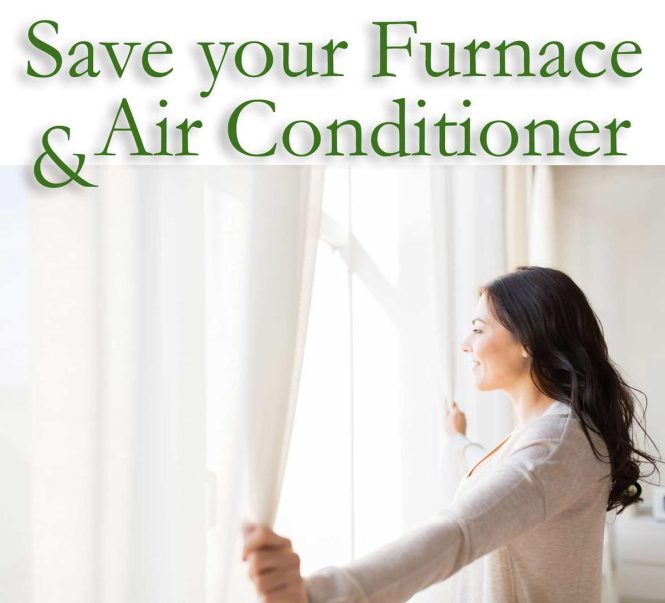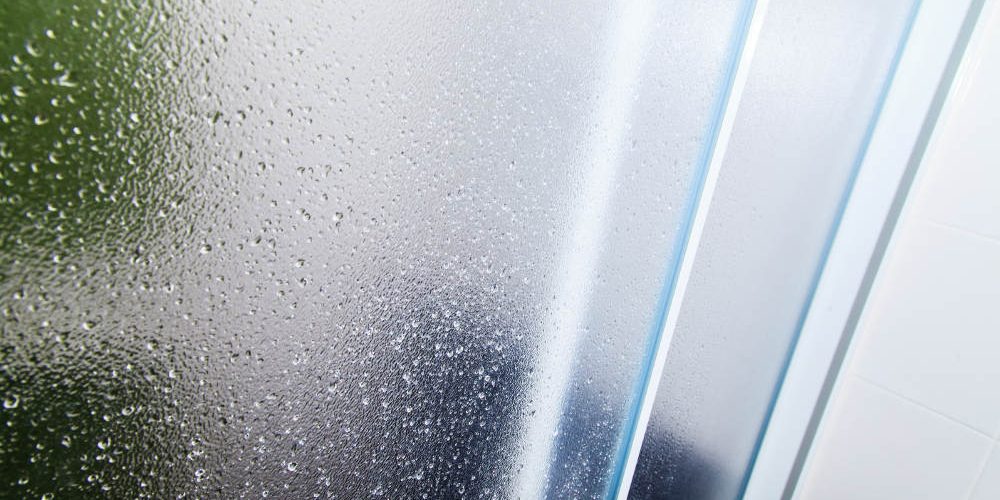

Window insulation plays a vital function in modern homes. Are you tired of sky-high energy bills and uncomfortable temperatures? Do drafts make you shiver, and do you long for a cozy, energy-efficient home? This article explores the latest breakthroughs in window insulation, offering solutions to common problems. We’ll examine advanced technologies, innovative materials, and practical considerations to help you make informed decisions for your home. This thorough guide will cover various facets of window insulation, from understanding the basics to exploring the newest and most effective technologies available today. Get ready to transform your home’s energy efficiency and comfort.
Advanced Gas Fills for Superior Insulation
Argon and Krypton: The Usual Suspects
Argon and krypton gases are commonly used in double- and triple-pane windows. They are more effective at reducing heat transfer compared to air, leading to better insulation. Argon is less expensive, while krypton offers even superior performance, though at a higher cost. The choice often depends on budget and the desired level of insulation. Studies have shown that krypton-filled windows can significantly reduce energy loss.
Xenon: The Premium Choice
For maximum insulation, xenon is the top contender. It’s the most effective gas, significantly reducing heat transfer. However, it comes with a premium price tag. Choosing xenon is a strategic investment for extreme climates or situations demanding peak performance.
Vacuum Insulated Glazing (VIG): The Innovative Approach
Vacuum insulated glazing represents a significant advancement. By removing almost all air from the space between the panes, heat transfer is drastically minimized. VIG windows achieve exceptionally high insulation ratings, outperforming even triple-pane windows with gas fills. This makes VIG a great solution for harsh climates and energy efficiency-focused building projects. Studies suggest that VIG windows can lead to significantly lower energy consumption compared to conventional windows.
Innovative Coatings for Enhanced Performance
Low-Emissivity (Low-E) Coatings
Low-E coatings are microscopically thin layers applied to window panes. These coatings reflect infrared radiation, reducing heat transfer both in winter and summer. Multiple layers of Low-E coatings with varying reflective properties can fine-tune performance for specific climates. The outcome is better temperature regulation inside the building and reduced energy demand. Many energy-efficient home upgrades include Low-E coated windows.
Advanced Coating Materials
study continues to develop new coating materials, pushing the limits of insulation performance. These newer materials often offer improved durability, longer lifespans, and even more effective heat reflection, leading to superior energy efficiency over traditional Low-E coatings. Manufacturers are constantly testing and implementing new coating technologies.
Innovative Frame Materials for Optimal Insulation
Beyond Vinyl: Exploring Superior Materials
While vinyl remains a popular choice for window frames, other materials are gaining traction in energy-efficient construction. Fiberglass frames, known for their strength and excellent insulation properties, offer significant benefits. They offer superior thermal breaks compared to vinyl frames, meaning less heat transfer through the frame itself.
Wood and Composite Frames: Combining Aesthetics and Efficiency
Wood frames offer timeless elegance, and modern composite frames effectively blend aesthetics with enhanced insulation capabilities. Composite materials are specifically designed for high thermal performance, which is essential for overall window insulation efficacy.
Smart Glass Technologies: The Future of Window Insulation
Electrochromic Glass: Dynamic Light Control
Electrochromic glass is able to adjust its tint, reducing solar heat gain in summer and maximizing light transmission in winter. This intelligent adaptation contributes to enhanced energy efficiency and improved indoor comfort throughout the year. Smart homes and energy-conscious buildings are adopting this technology.
Thermochromic Glass: Temperature-Responsive Tinting
Thermochromic glass changes its tint automatically in response to ambient temperatures. It darkens to reduce solar heat when the temperature rises and lightens up when it’s colder, providing passive temperature regulation and energy efficiency gains. This self-regulating capability is perfect for climate control without the need for much input.
Choosing the Right Window Insulation Solution for Your Needs
Assessing Your Home’s Climate and Energy Needs
Start by evaluating your home’s climate, energy consumption habits, and your budget. Consider your priorities: maximum energy savings, aesthetic appeal, or a balance between these two factors. This thorough assessment will allow you to decide whether to opt for a less expensive upgrade or a more extensive and high-performance one.
Considering Lifespan and Maintenance Requirements
Look beyond initial costs. Evaluate the expected lifespan of varied window insulation solutions and their maintenance needs. A longer-lasting, low-maintenance option might prove more cost-effective in the long run compared to a cheaper but less durable solution.
Improving Energy Efficiency with Window Upgrades
Calculating Potential Energy Savings
Before investing in window upgrades, calculate potential energy savings to justify the cost. Several online energy calculators and professional energy auditors can help estimate the savings based on your location, climate, current window type, and the proposed upgrade. You can compare and contrast costs vs energy savings to help you make an informed decision.
Optimizing Window Placement and Design
Strategic placement and thoughtful design significantly enhance window insulation’s impact. Proper window placement minimizes solar heat gain during the summer and maximizes heat absorption during the winter. Consider using overhangs, awnings, or curtains to regulate solar heat gain during peak hours.
Addressing Air Leaks and Drafts
Air leaks around window frames dramatically decrease the efficacy of even the optimal insulation. Addressing these leaks through proper sealing and caulking is crucial. This will reduce energy costs, and can be a simple yet very effective fix. You should ensure that any repair or upgrade effectively seals all cracks and crevices around your windows.
Understanding Window Insulation Ratings and Standards
U-Factor: Measuring Heat Transfer
The U-factor (U-value) measures a window’s ability to conduct heat. A lower U-factor indicates better insulation. Windows with low U-factors help reduce energy consumption by minimizing heat loss in winter and heat gain in summer. Check the U-factor when considering various products to compare varied windows.
SHGC: Controlling Solar Heat Gain
The Solar Heat Gain Coefficient (SHGC) measures how much solar radiation passes through a window. A lower SHGC reduces heat gain, which is particularly beneficial in hot climates. SHGC and U-factor values together offer a thorough idea of window performance. These ratings are crucial when choosing new windows.
Energy Star Rating: A thorough Guide
The Energy Star rating offers a convenient summary of a window’s energy performance. Windows certified with the Energy Star rating meet or exceed minimum energy efficiency requirements set by the EPA. Look for the Energy Star label when buying new windows to ensure you get windows with high performance. It is also a valuable indicator of quality and efficiency.
The Cost-efficacy of Window Insulation Upgrades
Long-Term Return on Investment
While the initial cost of window insulation upgrades can be substantial, the long-term savings on energy bills offer a significant return on investment. Reduced heating and cooling costs over the lifespan of the windows quickly offset the initial expense and are a key benefit of insulation improvements.
Government Incentives and Rebates
Many governments offer financial incentives and rebates to encourage homeowners to adopt energy-efficient technologies. Explore local and national programs that may help reduce the upfront cost of window insulation upgrades. These incentives can boost the overall value proposition of insulation improvement projects.
boostd Home Value
Energy-efficient homes are typically more valuable. Upgrading your windows with better insulation can boost your home’s resale value, making it a smart investment even beyond direct energy cost savings. This improvement has a positive influence on property value assessments.
Maintaining and Extending the Life of Window Insulation
Regular Cleaning and Maintenance
Regular cleaning prevents dirt and debris from accumulating on the windows, which can reduce the efficacy of insulation. Proper cleaning practices will also improve the efficiency and performance of your windows over time. Simple maintenance can have a considerable impact.
Addressing Minor Damage Promptly
Addressing minor damage such as cracks or seal failures promptly minimizes further issues. Quick repairs prevent heat loss or gain, and can greatly prolong the lifespan of the entire system. Regular inspection of the insulation system is highly recommended.
Avoiding Harsh Chemicals and Abrasives
Avoid using harsh chemicals or abrasive cleaners that could damage the window coatings or frames, reducing the insulation efficiency and longevity. Use gentle cleaning methods to maintain the integrity and overall performance of the installed window units. This can protect your investment over the long term.
In summary, understanding the latest innovations in window insulation is crucial for improving energy efficiency, reducing energy bills, and enhancing comfort. From advanced gas fills and coatings to innovative frame materials and smart glass technologies, the options are expanding rapidly. By carefully considering your individual needs and budget, you can select the optimal window insulation solution to transform your home into a more comfortable and sustainable space. Don’t hesitate to consult with energy efficiency experts or window professionals to get personalized advice and ensure optimal outcomes. Choosing the right window insulation can significantly impact your home’s environmental footprint and your wallet! Start exploring your options today!